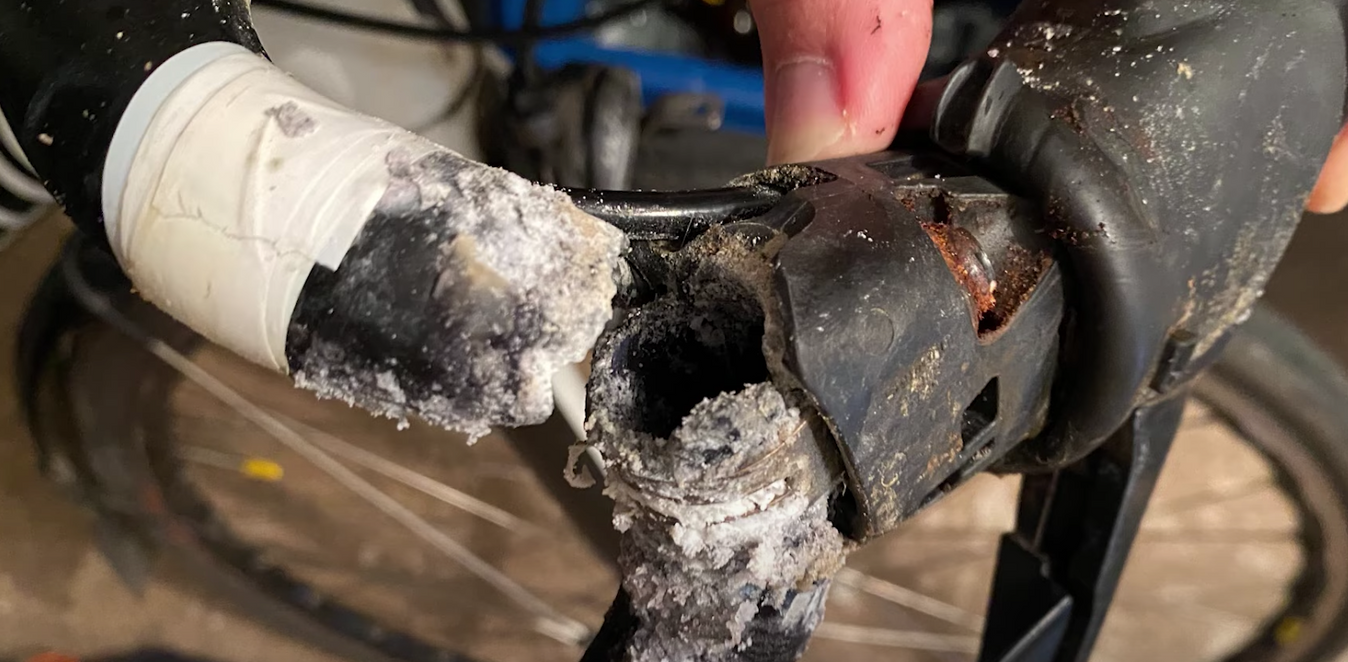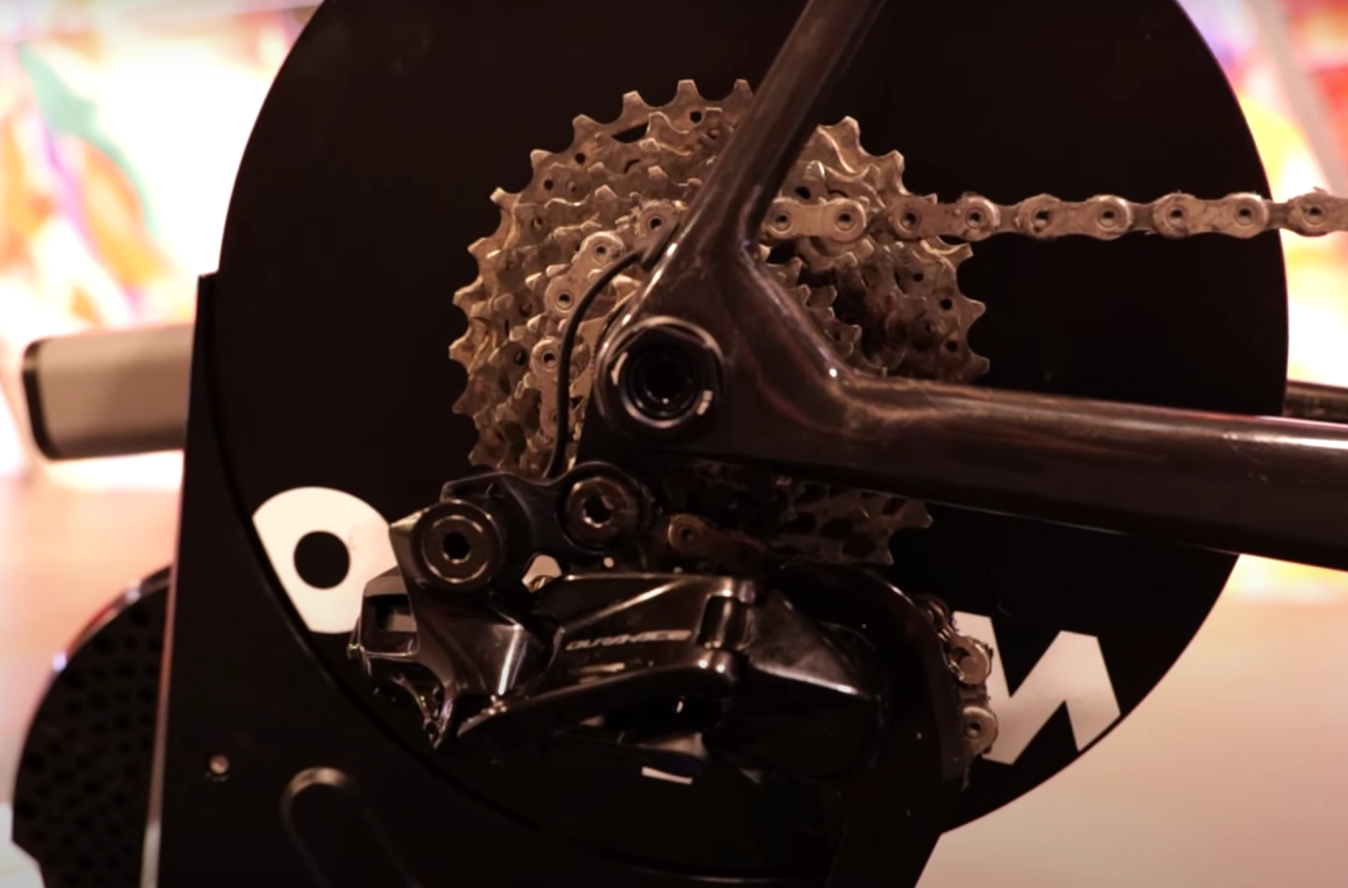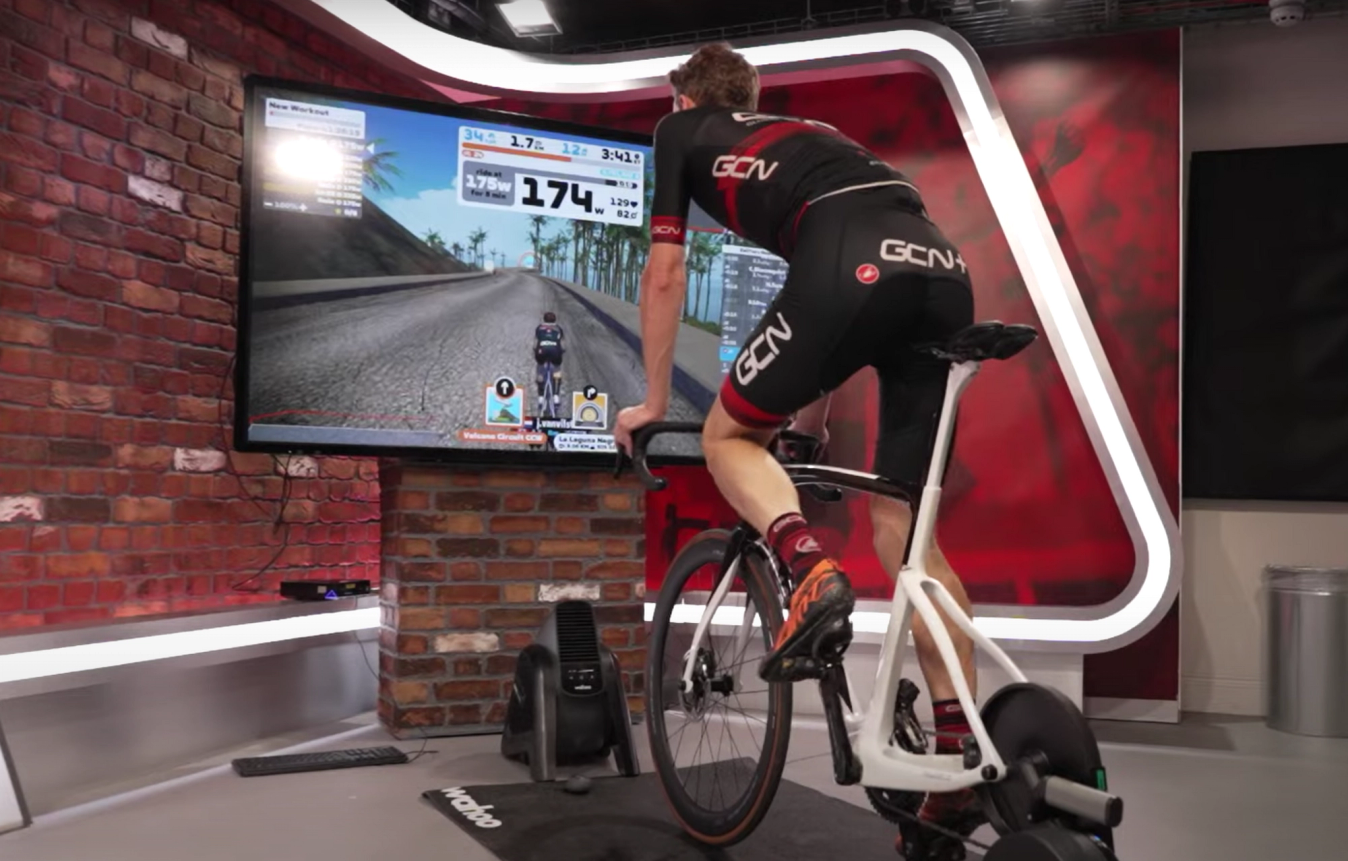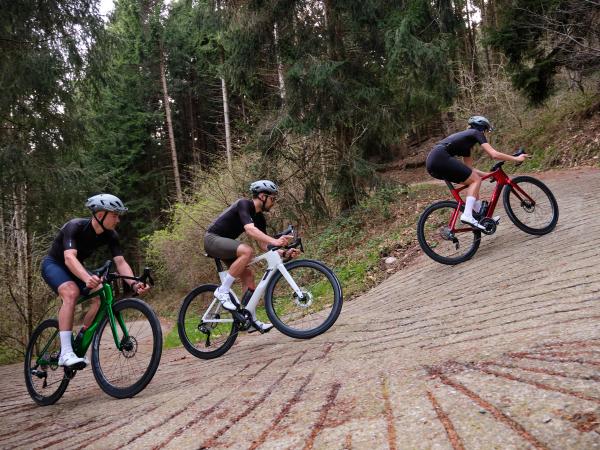How to protect your bike while turbo training
From sweat to worn tyres, turbo training can cause damage or wear to your bike
Tom Hallam-Gravells
Online Production Editor
It’s that time of the year again in the northern hemisphere when many cyclists dust down their turbo trainers ready for the colder autumn and winter months. Riding on a turbo trainer is a great way to avoid the cold and wet conditions which are not only miserable to ride in, but can wreak havoc on your bike. Muck and grime leak into every crevice, making it a mammoth task to maintain your steed and keep it in tip-top condition.
While moving your bike indoors will make your maintenance life easier, turbo training can also cause serious damage to your pride and joy if you’re not careful. From sweat erosion to worn tyres, here are five ways to protect your bike while training indoors.
Read more: Vuelta a España tech - turbo trainers of the WorldTour
Sweat erosion
When riding indoors, you’re stuck in a static position, so there’s no airflow to cool you down. There’s a simple solution for this in the form of a fan, but even then you’re still going to sweat. That’s bad news is, sweat is enemy number one for bikes, capable of eroding both carbon and alloy. It gets everywhere too, soaking into bar tape and seeping into bearings, especially the headset bearing.
Read more: Do you really need a fan for indoor training?
To avoid this, drape a towel over the headset and handlebars. Many brands like Wahoo have dedicated sweat catchers available which cover the headset area. For extra peace of mind, we’d recommend combining both, that way you can be confident that no sweat is sneaking its way through.
After a heavy period of indoor training, peel back the bar tape to inspect the handlebars. A huge amount of salt from sweat can accumulate here, in some cases causing the handlebars to completely snap in half - that’s not an exaggeration, just check out the image below.

© GCN
Check your handlebars for signs of erosion
Once you finish a turbo training session, always give your bike a wipe with a sweat-free towel or cloth to remove any excess sweat.
Avoid rust
This isn’t something you’d necessarily think of, but a dehumidifier can be a game-changer. If you’re training in a pain cave or a small room (or even a larger room), it can get very humid with an accumulation of moisture.
This is once again bad news for your bike, specifically for any metal components which can rust. A dehumidifier will remove this moisture, reducing this rust risk.
Don’t waste good tyres
When using a wheel-on turbo trainer, the rear tyre tends to wear quite quickly.
So, don’t waste your best, super-expensive race tyres. Swap them out for an older, worn tyre that you wouldn’t use on the road.
There are also dedicated indoor tyres available which are more hard-wearing and, in some cases, designed to reduce noise. These tend to be quite pricey, so we’d stick to using any older tyres you have lying around.
Clean drivetrain
This one isn’t exclusive to indoor training and is a habit cyclists should follow year-round: keep your drivetrain clean. On a basic level, it’s more efficient - it could be the difference between winning or losing a Zwift race.
Just as importantly, it’ll extend the longevity of components. When they’re dirty, drivetrain components wear at a faster rate. If you don’t keep your drivetrain clean, you’ll need to replace components more regularly, burning a big hole in your bank account.

© GCN
A worn cassette will also cause the chain to wear
Check the cassette on your turbo trainer or bike too. If this is worn, it’ll wear your chain, which will in turn wear your chainrings. It’s one vicious cycle you’ll want to avoid.
Read more: Easy and effective on-the-bike chain cleaning
Can turbo trainers damage bike frames?
Virtually everyone in cycling has heard horror stories of turbo trainers damaging bike frames. It’s something that is often bandied around in the world of cycling, yet no one ever seems to know anyone who it's actually happened to.

© GCN
It is usually safe to use a bike on a turbo trainer but always check with the manufacturer if you're unsure
From our experience, it is perfectly safe to use a road bike on a turbo trainer. However, if you have any doubts, check in your bike’s warranty booklet or on the manufacturer’s website.
Read more: 10 mistakes to avoid on Zwift
Of course, it’s only safe to use if you use it correctly. Always ensure that you connect your bike securely to the turbo trainer, following any recommended torque limits. For rim brake bikes, we’d recommend using a skewer designed specifically for turbo trainers. These are much stronger and more secure than standard quick-release skewers, especially the lightweight versions designed to save grams - those weight savings won’t be of any use when riding indoors!








.jpg?w=600&auto=format)



